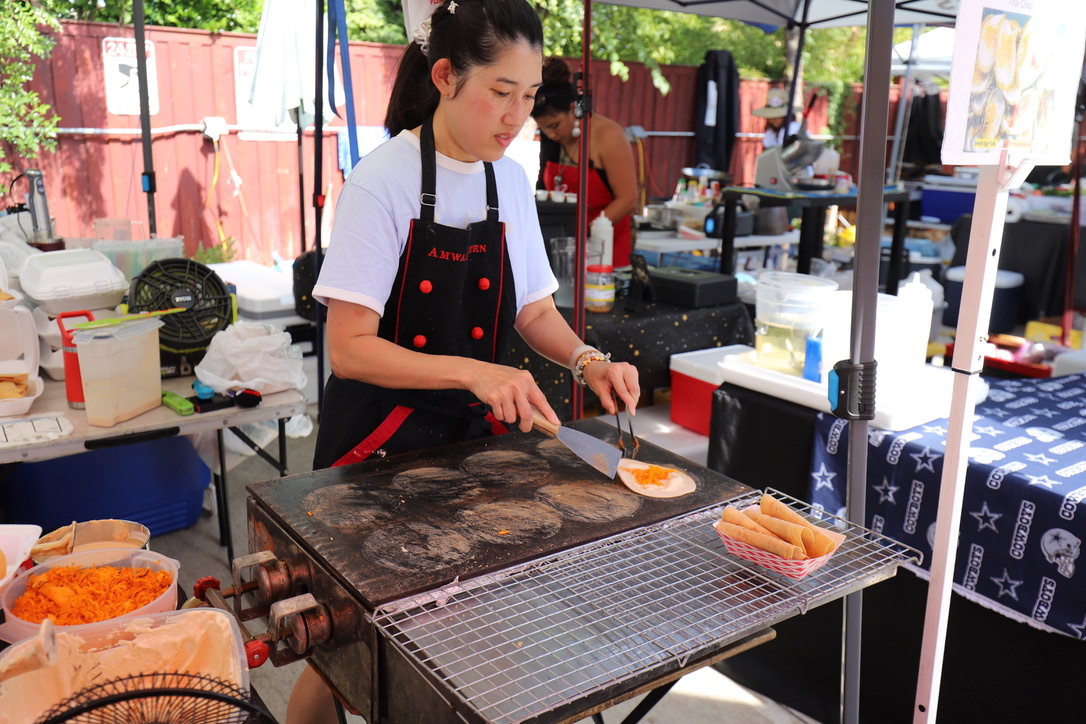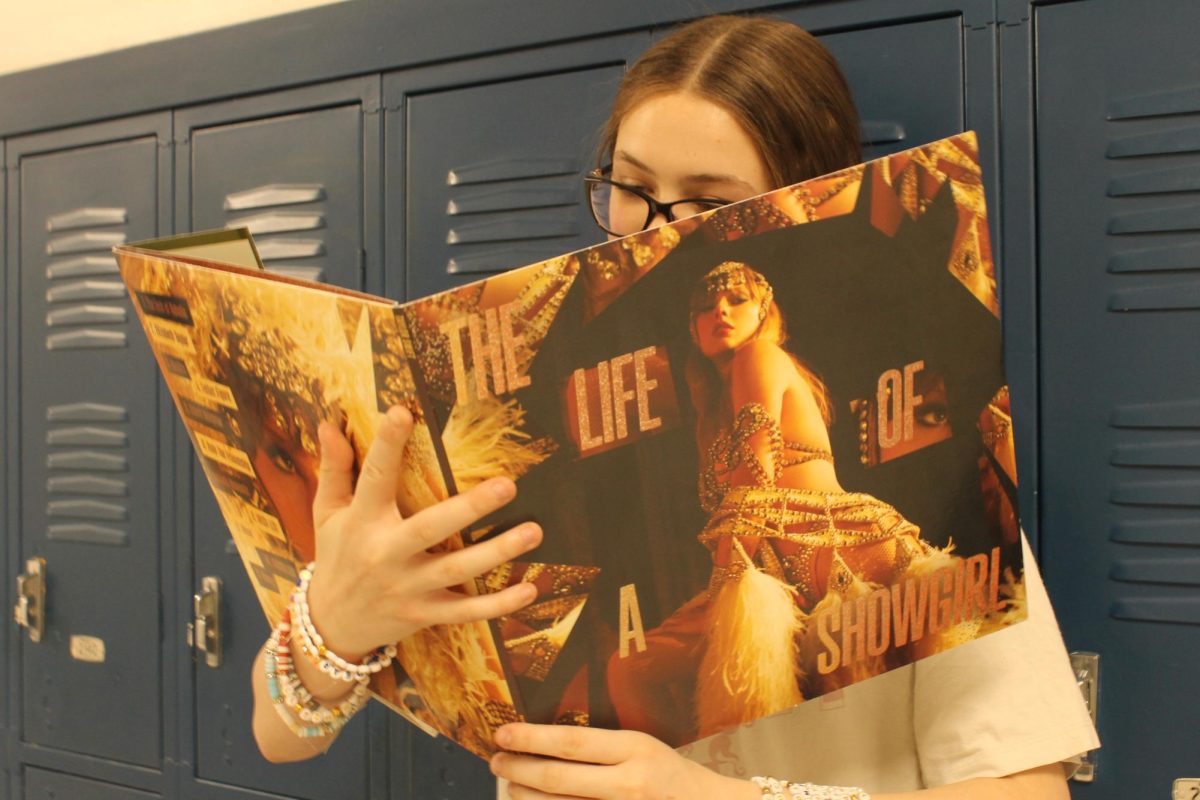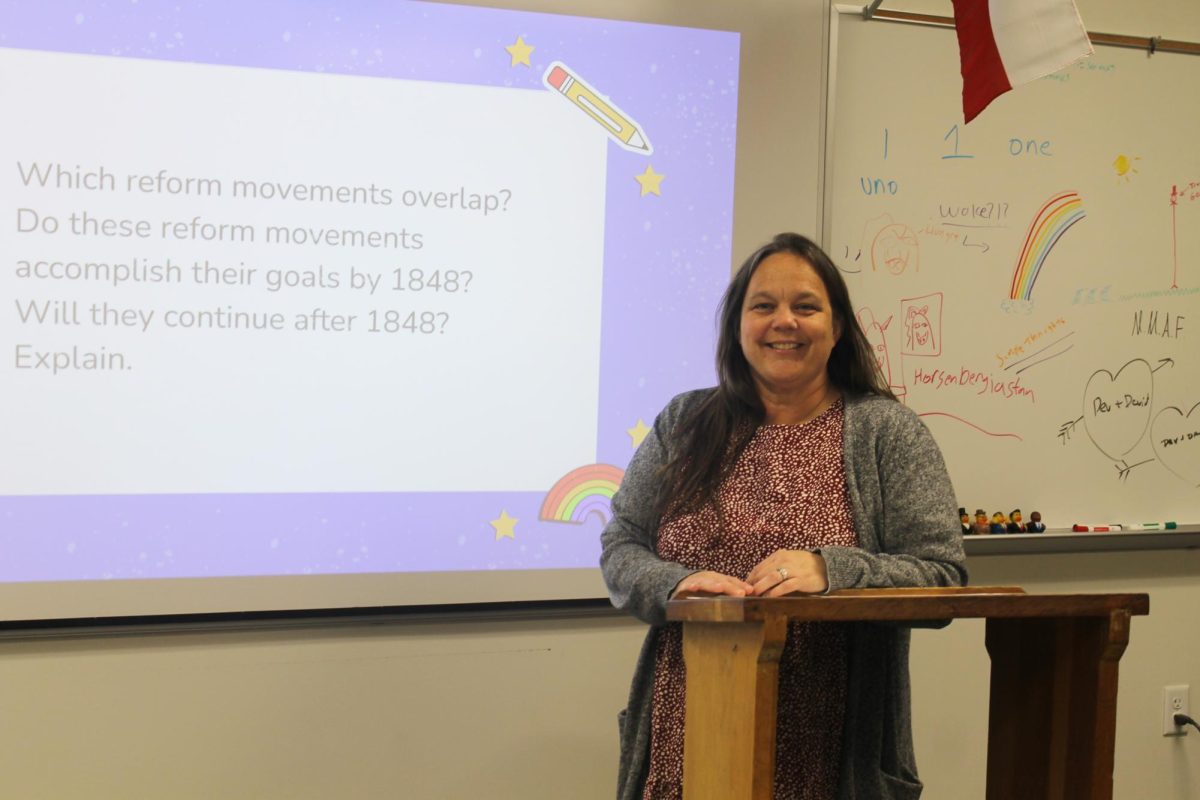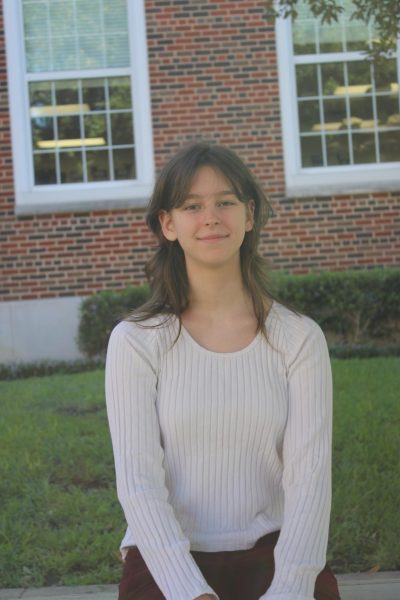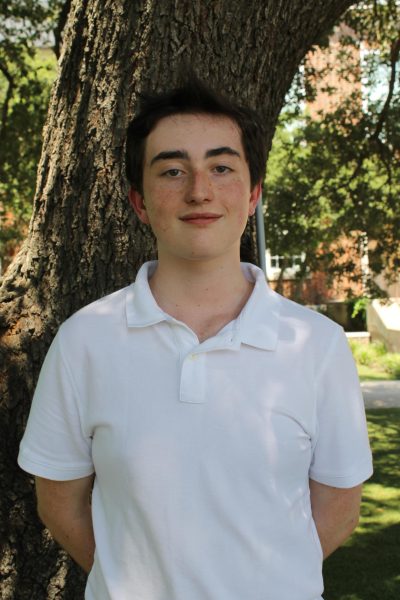In recent days, grocery prices have skyrocketed, while the quality of vegetables has decreased with the additions of chemicals and pesticides, making it harder and harder to get your hands on organic produce for a reasonable price. However, seed prices remain ground level. Growing a home garden is beneficial for you, your diet, and the environment. You’re able to contribute to the butterflies, beetles, birds and other creatures that may live in your backyard, improve your own abilities, and, most importantly, save cash.
Choosing the right plant
Every plant has specific light, water, and soil requirements. Some plants flourish when planted next to each other, and some will suck all the water out of the soil, like lettuce, and leave other plants to wither. In the arid state of Texas, choosing the right vegetable to grow is paramount.
Plants for beginners are usually those that grow below ground. Potatoes, beets, carrots, and radishes are all good plants to start out with. Vegetables tend to be far easier than fruits, as fruit plants are more temperamental, and require more consistent upkeep. Additionally, vegetables are more suited for Texas’s dry and hot climate, even ones that require a large amount of water, such as cucumbers.
Garden Lay-out
Depending on the plant, the size of the plot will vary greatly. If you are looking to plant squash, pumpkins, melons, or anything that grows on a vine, you will need a large amount of space. However, plants such as pea plants can be kept indoors. It is usually recommended to grow outside, as the larger amount of soil and exposure to both rain and pollinators are better for the plant’s growth. Most herbs don’t require more than a foot of space for one plant, nor do root crops. It’s of great importance that you do not do “intensive” gardening. Intensive gardening is growing a large amount of plants in a small area. If you do this, the plants will become too crowded and compete for nutrients and light, leaving the plants weak and unable to bear flowers.
If you don’t have a large backyard or have unsuitable soil, growing inside your home is still an option. If you get a plant small enough to only require a couple square feet of space, then the next obstacle will be sunlight. Most larger plants require large amounts of sun, but leafy greens usually only require 3-4 hours of constant sunlight. Plants such as collards, kale, mustard greens, swiss chard, arugula, endive, lettuce, sorrel, and spinach would all do well in these circumstances. In addition, growing in a pot could be beneficial as you would not have to rejuvenate the dry Texas soil.
How to fix your soil
Texas soil is mostly clay, if it’s not all rocks. To improve clay soils, the best method is to add 1 to 2 inches of good sand, then 2 to 3 inches of organic matter (compost or grass clippings), advisably in spring or winter. It may take several years to improve the soil’s physical condition, and you’ll want to add more organic matter periodically. Turn the soil each time, and try to mix the soil as thoroughly and deeply as possible. If this is too long of a time frame, many add fertile soil from gardening stores to speed up the process.
Places to Shop
Common stores such as Home Depot or any large store with a gardening section are usually acceptable and have quality products, but there are better places to shop. Any garden center that sells just as many products as it does plant sprouts or even fully grown plants are usually trustworthy, as well as flower shops. The most important thing to do before shopping is research. If you don’t know what you’re looking for before you enter the store, you will end up buying many things you aren’t even sure of the purpose of. Dallas County Master Gardeners, The Planting Hand, or any gardening school are wonderful places to start. North Haven Gardens, Pardner’s Garden and Feed Store, and Calloway’s Nursery are also all great places to shop.
Plants to avoid
Unless you have a background in gardening or a bright green thumb, some plants are just out of reach in dry, sunny Texas. People immediately reach for the easiest, most delicious plants, but sadly those do not usually grow here. For example, tomato plants are usually quite easy to grow in Texas except for one issue: They don’t flower. Unless you get lucky with a summer that routinely reaches 60 degrees at night, your tomato plant will not produce tomatoes. Fruit plants are usually just as difficult, as they are susceptible to disease and pests. Even though they may survive inside, carrots and other northern plants still struggle in the Texan heat, and should only be taken on if you have the time and patience. Even if you pick the hardest or easiest plant, you really have no clue what will happen. There are hundreds of factors affecting your plants, and the only thing you can do is stay patient.
Plants for beginners gardeners
- Take up little space (3-18 in)
-
- lettuce
- carrots
- onions
- beetroot
- spinach
- Takes up more space (18- 32 in)
-
- Okra
- Cucumbers
- Turnips
Plants for intermediate gardeners
- Takes up little space (3-18)
-
-
- Cilantro
- Cabbage
- Cowpeas
- Sweet potatoes
-
- Takes up more space (18-32)
-
- Kale
- Tomato
- peppers
Plants for advanced gardeners
- Takes up little space (3-18)
-
-
- Eggplant
-
- Pell peppers
-
-
- Celery
-
- Takes up more space (18-50)
- Corn
- Melons (pumpkins, cantaloupe)
-
- Cauliflower
- Artichoke
Gardening isn’t easy, especially in the dry, dead soil of Texas. In spite of this, there are hundreds of thriving gardens in Dallas alone. Gardening heals the mind, body and soul, and can feed you and your family as well. Make sure to choose which plants are best for you, your soul, and your lifestyle. Gardening takes skill, research, and buckets of luck. Stay hopeful and resilient, and your garden may transform into a patio of dreams.









